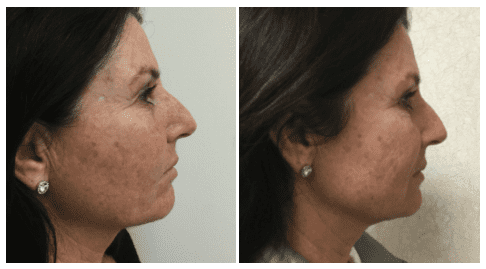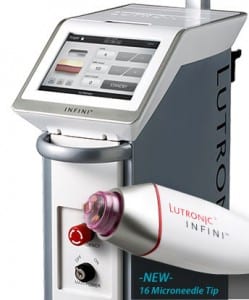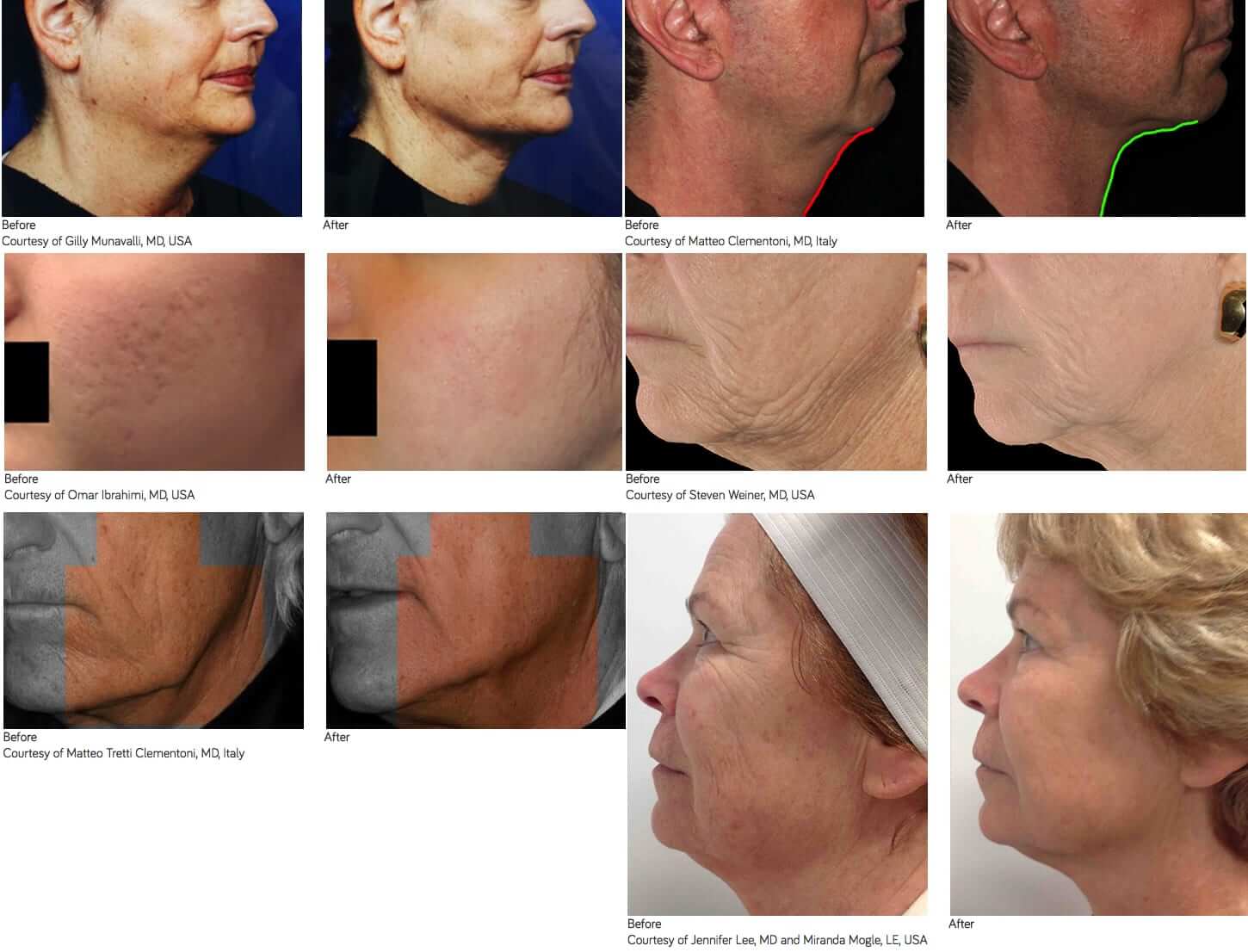Facelift Surgery Recovery
Undergoing facelift surgery, or rhytidectomy, can produce a significant change in your appearance and boost your confidence by removing excess loose skin, smoothing creases, correcting sagging jowls, and rejuvenating your face. One of the most essential factors in the success of your facelift is your recovery period, which may be daunting if you are unaware of what you should expect. Below is a timeline of what you can expect during your recuperation.

Your First Week of Recovery
Directly after your facelift surgery, you can expect to experience bruising, swelling, and redness. Feelings of discomfort or nausea may occur, which can be relieved by pain medication and rest. Some patients experience sensations of tingling, burning, tightness, tenderness, or numbness in their face, ears, and neck for the first week. Having a friend or loved one as your caregiver for the first one or two days is an excellent way to ensure a comfortable recovery. Drainage tubes and light surgical dressings may be applied after your surgery and will help reduce side effects. Keeping your head in an upright, elevated position is advised. After one or two days, patients should begin to gently walk to the restroom and around the house a few times every day, slowly adding more light activities. Your first week should be focused on relaxing and getting plenty of sleep.
After One Week
Swelling, bruising, and tightness should begin to subside at this point. Direct sun exposure should be prevented. Light activities are permitted, but strenuous activities should still wait until you have recovered further. Some of the other symptoms should also begin to dissipate after the first week.
After Two Weeks
Most symptoms should completely resolve at this point. Patients are cleared to begin laying in a reclined position, but sleeping flat on your back should still be avoided for another week or so.
After Six Weeks
All side effects should dissipate at this point, and scars begin to fade. It can take up to one year for scars to fully heal and become almost invisible. Regular activities can be resumed, including some exercising. Make sure to consult with your surgeon to see what activities are permitted.
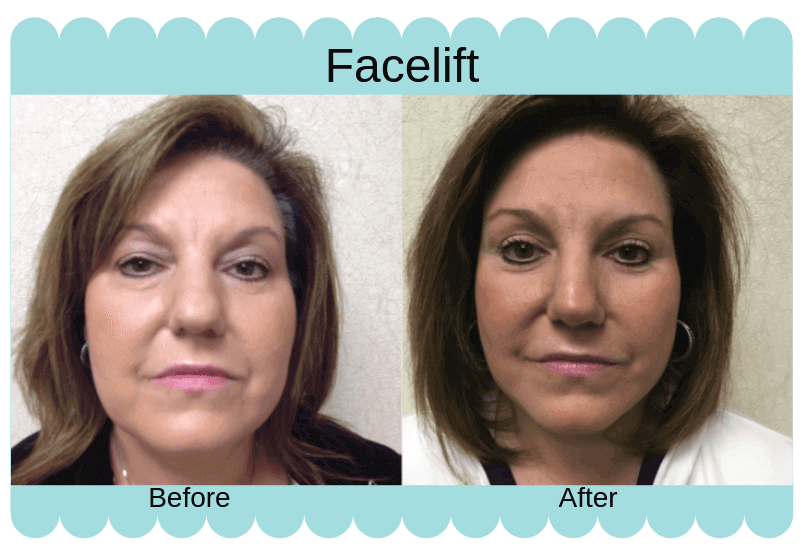
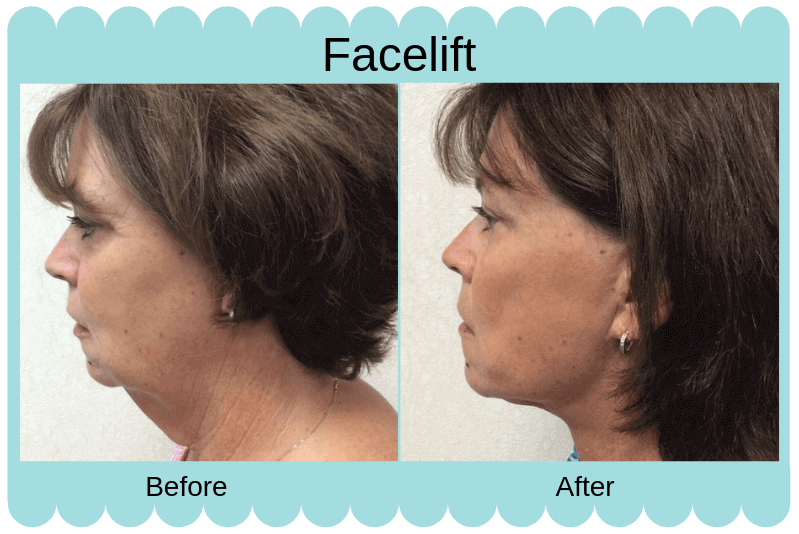
Your Final Results
The outcome of your facelift surgery will be determined by your surgeon’s experience and skills, and your body’s recovery process. It can take up to 12 months for everything to heal and for your final results to become evident. Most patients look significantly younger with a smoother, refreshed facial appearance. Following your surgeon’s post-surgical care instructions, taking the time to rest and fully recover, and maintaining a positive outlook will increase your satisfaction with your facelift results. It is recommended that you use a quality skin care regimen to help maintain your results. In the future, non-surgical options for maintaining a youthful appearance can include injectable fillers and BOTOX® Cosmetic to address sagging, loose skin, wrinkles, and hollowed areas of the face to replenish volume. INFINI™ radiofrequency (RF) microneedling can enhance skin quality and eliminate wrinkles and fine lines. Most facelift procedure results last up to ten years, and taking preventative measures can help prolong your results.
To schedule a consultation with Dr. Wald or learn more about facelifts, call our office at (714) 312-3549 or fill out our online contact form.








